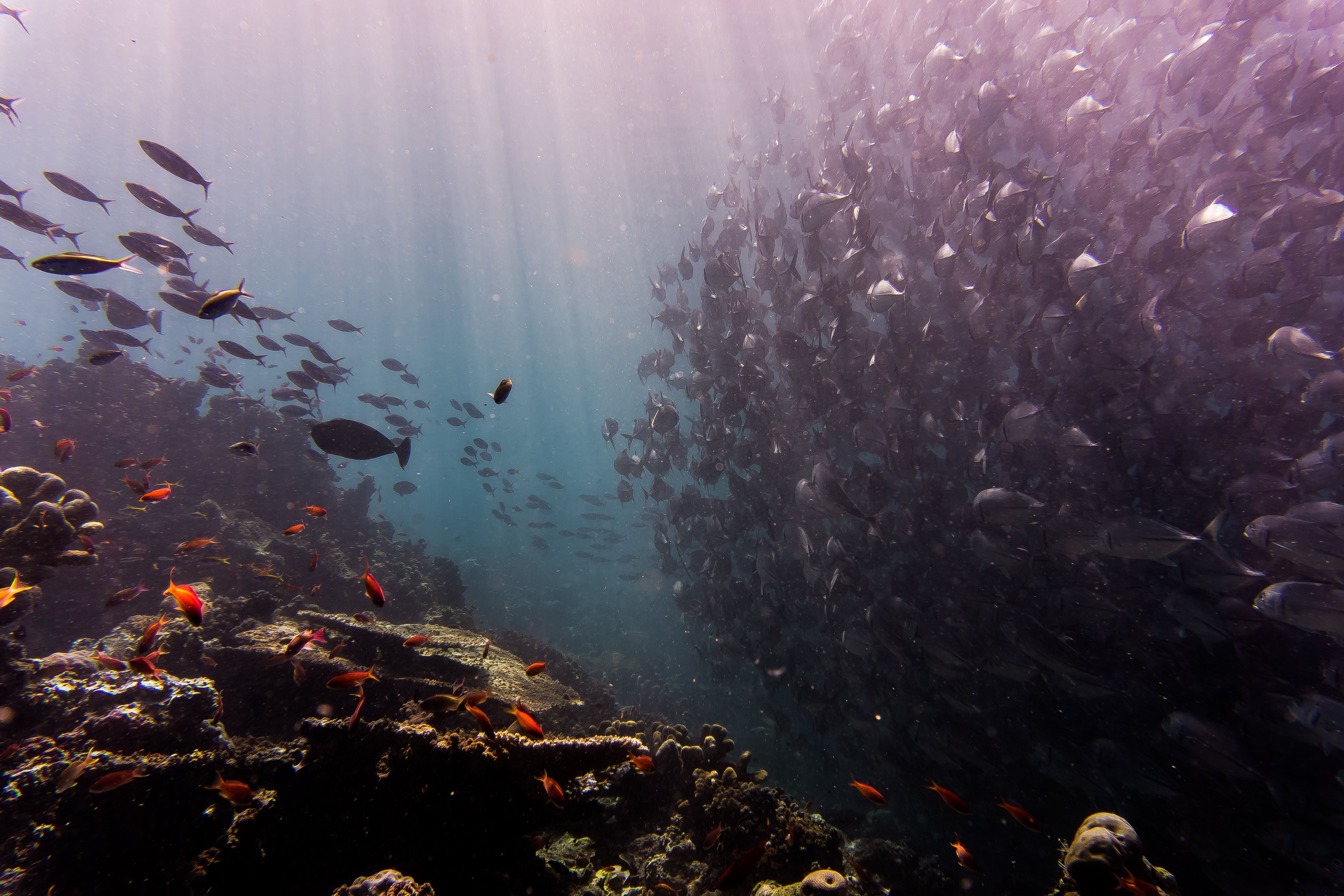Have Warwick researchers found the ‘lost’ 99% of the oceans’ microplastics?
An innovative and inexpensive new method for detecting microplastics has recently been developed by researchers at the University of Warwick.
According to previous scientific fieldwork, only 1% of the plastics polluting ocean waters have been found, yet this new technique, which uses a fluorescent dye to identify the small plastic fragments, could help to detect the lost 99%. The new research, led by Gabriel Erni-Cassola and Dr. Joseph A. Christie-Oleza from Warwick’s School of Life Sciences, implies that the quantity of microplastics littering the marine environment is much greater than previously thought.
According to previous scientific fieldwork, only 1% of the plastics polluting ocean waters have been found…
Microplastics are particles of plastic less than 5mm in length, comparable to the width of a human hair, formed by the breakdown of large plastic objects over time due to weathering. They go largely undetected, yet have a potentially dangerous environmental impact.
Previous methods of identification relied on picking out the microplastic parts individually, but this new technique is much more effective as the dye binds to the plastic particles, rendering them easily visible under a fluorescence microscope. This makes the number of microplastics easy to calculate while also distinguishing them from other materials.
Previous methods of identification relied on picking out the microplastic parts individually…
“Using this method, a huge series of samples can be viewed and analysed very quickly, to obtain large amounts of data on the quantities of small microplastics in seawater or, effectively, in any environmental sample,” said Gabriel Erni-Cassola, author of the research published in Environmental Science & Technology.
The researchers took samples from surface sea water and beach sand from the coast around Plymouth to test their method. From these samples they extracted the microplastics, applied their new technique and were able to effectively quantify the smaller fraction of microplastics. The research found a much larger amount of smaller microplastics (measuring less than 1mm) than had previously been estimated. This challenges the current belief that the smallest microplastics are lost from the surface of the seawater.
The research found a much larger amount of smaller microplastics than had previously been estimated…
In addition, the researchers determined that most of the microplastics of this minute size were polypropylene, a polymer used in packaging and food containers, highlighting the negative environmental consequences of our dependence on plastics.
This method is of high importance in light of recent discoveries at the University of Newcastle, where research has recently revealed that, of the 90 animals examined from the bottom of the Mariana Trench, the deepest part of the ocean, 100% were found with traces of plastics in their stomach.
This method is of high importance in light of recent discoveries…
Awareness of plastic pollution has also been raised recently by the BBC’s Blue Planet II. Viewers witnessed a mother pilot whale carrying around her dead newborn calf, who was likely to have died as a result of plastic intoxicating the water and thus contaminating the mother’s milk. Narrating the show, David Attenborough said: “Unless the flow of plastics and industrial pollution into the world’s ocean is reduced, marine life will be poisoned by them for many centuries to come.”
The precise way in which microplastics disrupt aquatic life is not yet fully understood. It is possible that ingesting the chemicals within the plastic particles affects the behaviour of animals, as well as causing starvation in many species as the plastic is often eaten in place of actual food. This uncertainty makes the research at Warwick vital in determining the extent to which microplastics damage our oceans.
Awareness of plastic pollution has also been raised recently by the BBC’s Blue Planet II…
Co-author Dr Joseph A. Christie-Oleza said: “Have we found the lost 99% of missing plastic in surface oceans? Obviously, this method needs to be implemented in future scientific surveys to confirm our preliminary findings. It is important to understand how plastic waste behaves in the environment to correctly assess future policies.”

Comments (1)
Non-degradable disposable plastics should be prohibited immediately.
Of course, people will have a lot of inconvenience.
However, this problem will be gradually solved by many scientists and companies trying to solve the inconveniences.
If disposable plastic is not prohibited, no new method will be shown.
It is not easy to start new ventures such as price competitiveness problems or lobbying companies.
Also impose non-degradable plastic ban or expensive environmental tax on imported cargo coming from all over the world.
These measures will be a good way to force countries that are not cooperating with marine pollution.